In Pictures: Hands Find Form
October 2019
Learning collaboration
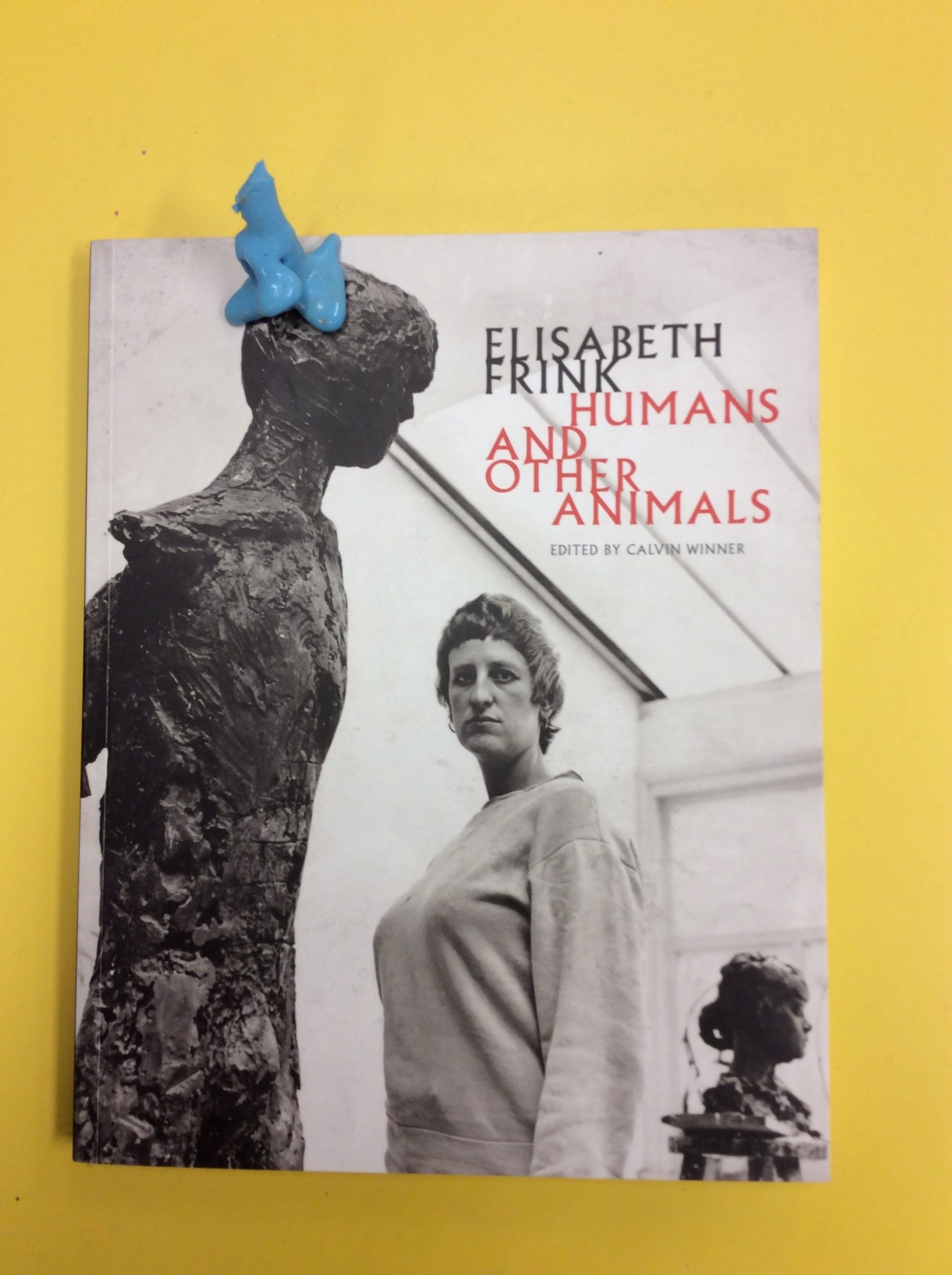
Image credit: Lawrence Bradby
It began when children, staff and parents from Earlham Nursery School came to visit the Elisabeth Frink exhibition. They saw sculptures of crows and cats and animals of uncertain form and no definite name.
— Learning Team
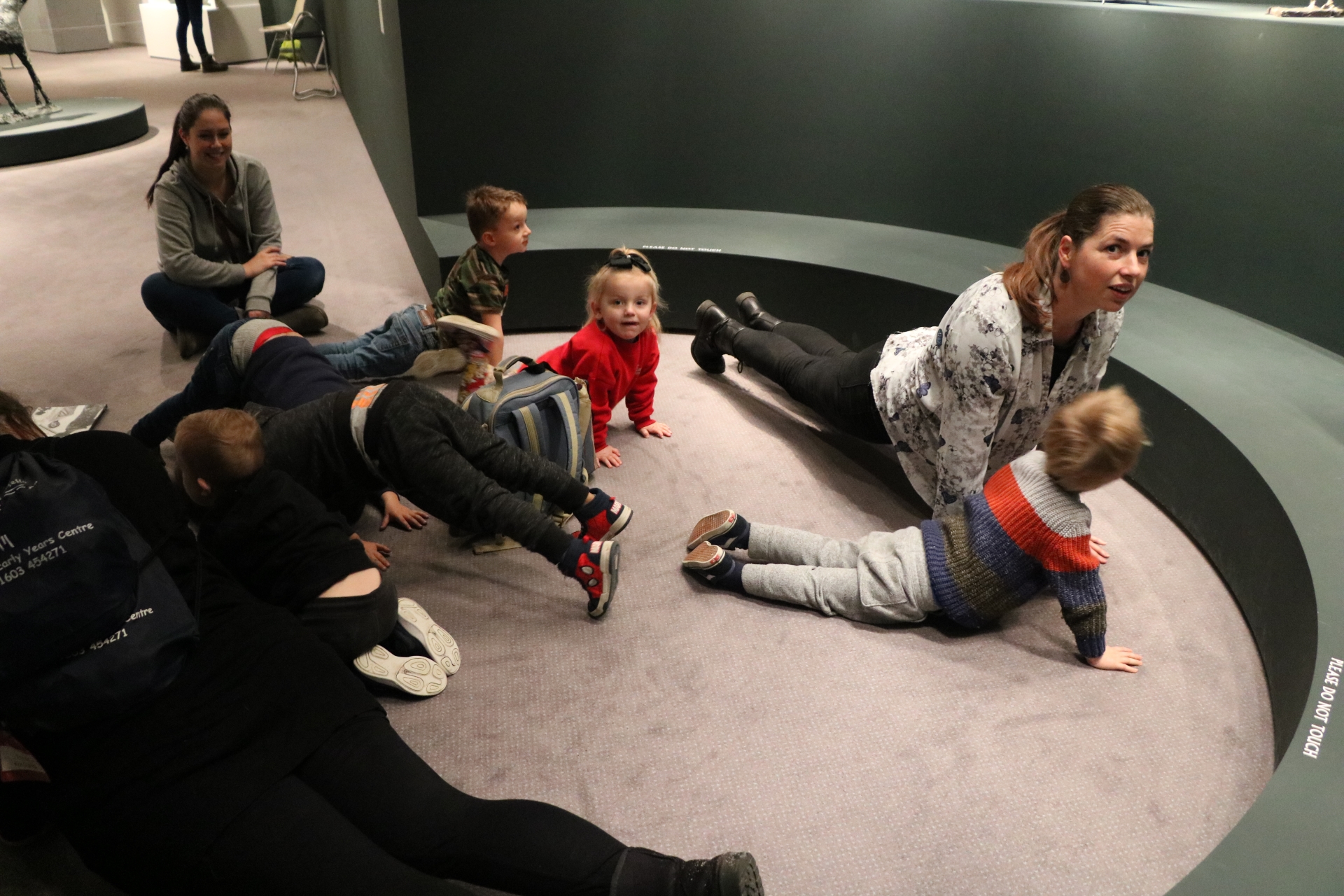
Image credit: Lawrence Bradby
Nursery worker Jayne Leveridge helped the children to develop embodied and multi-modal understandings of the Frink exhibition.
— Learning Team
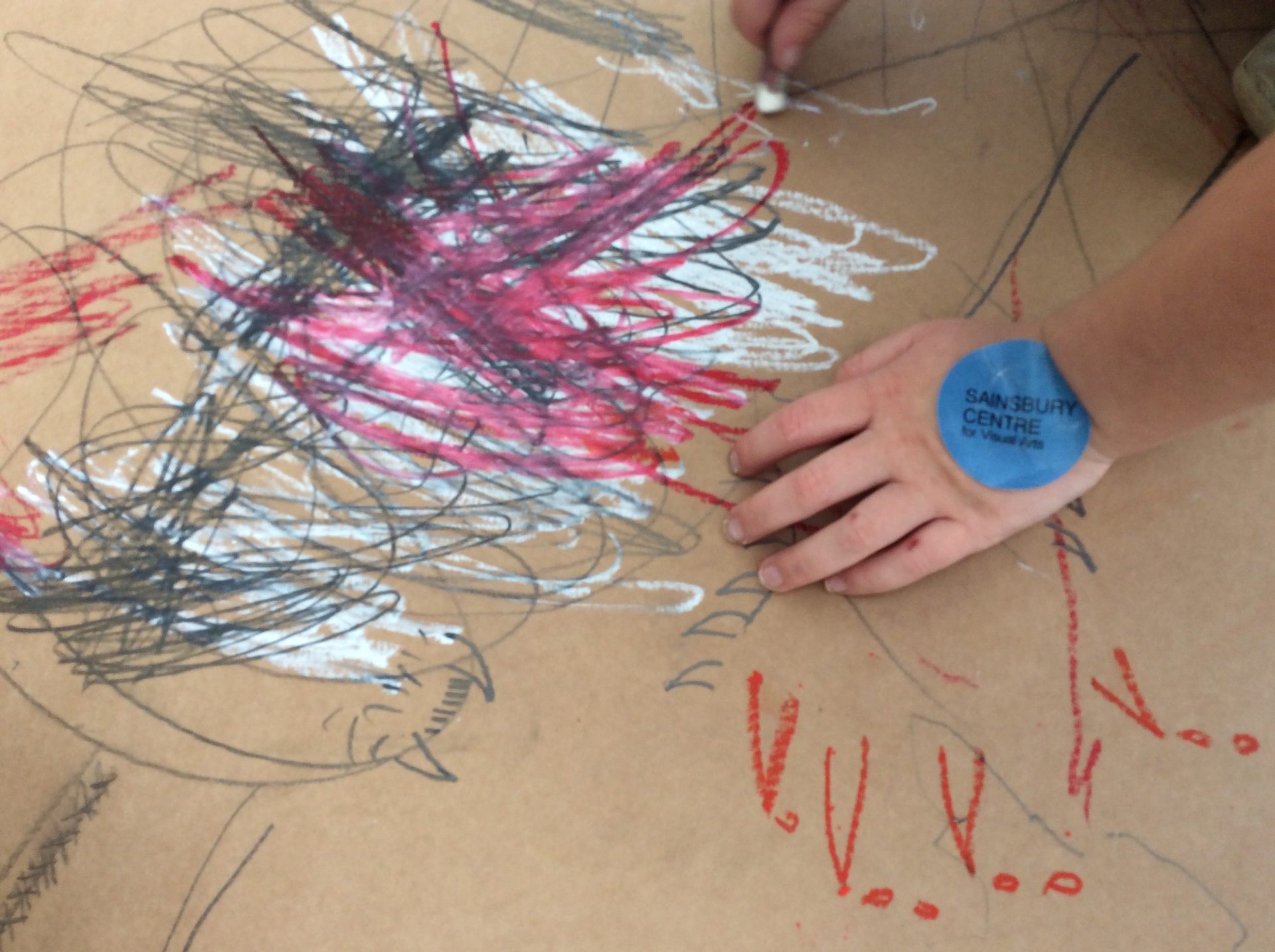
Image credit: Georgie Manly
During their visit the children used drawing to express how the ravens and cats and unnamed creatures might move.
— Learning Team
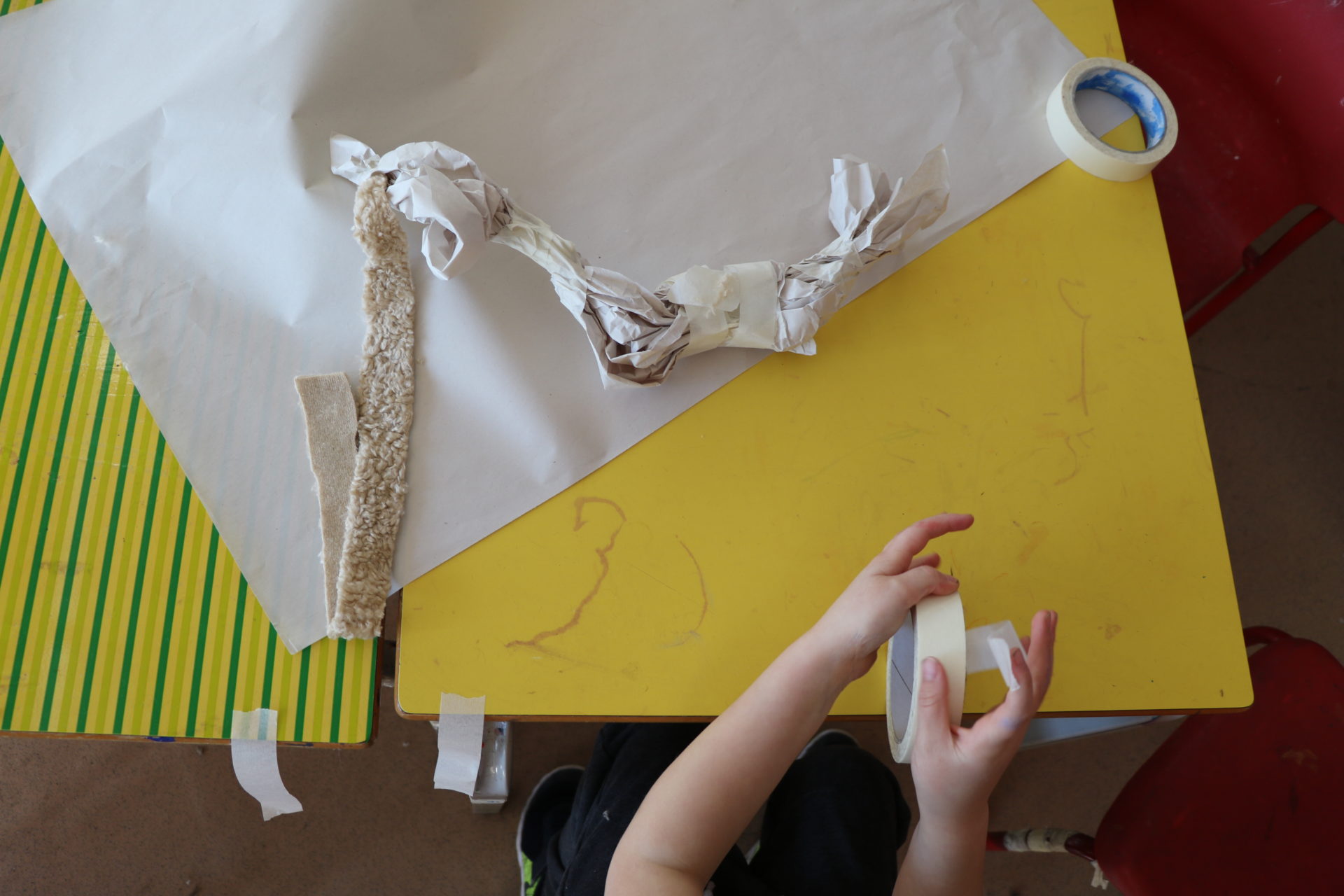
Image credit: Lawrence Bradby
Back at the Nursery, lead artist Georgie Manly shared different materials: twisted newsprint, masking tape, fun fur. The staff and children found out how each material behaved: how it wanted to sit or bend or flop or spring.
— Learning Team
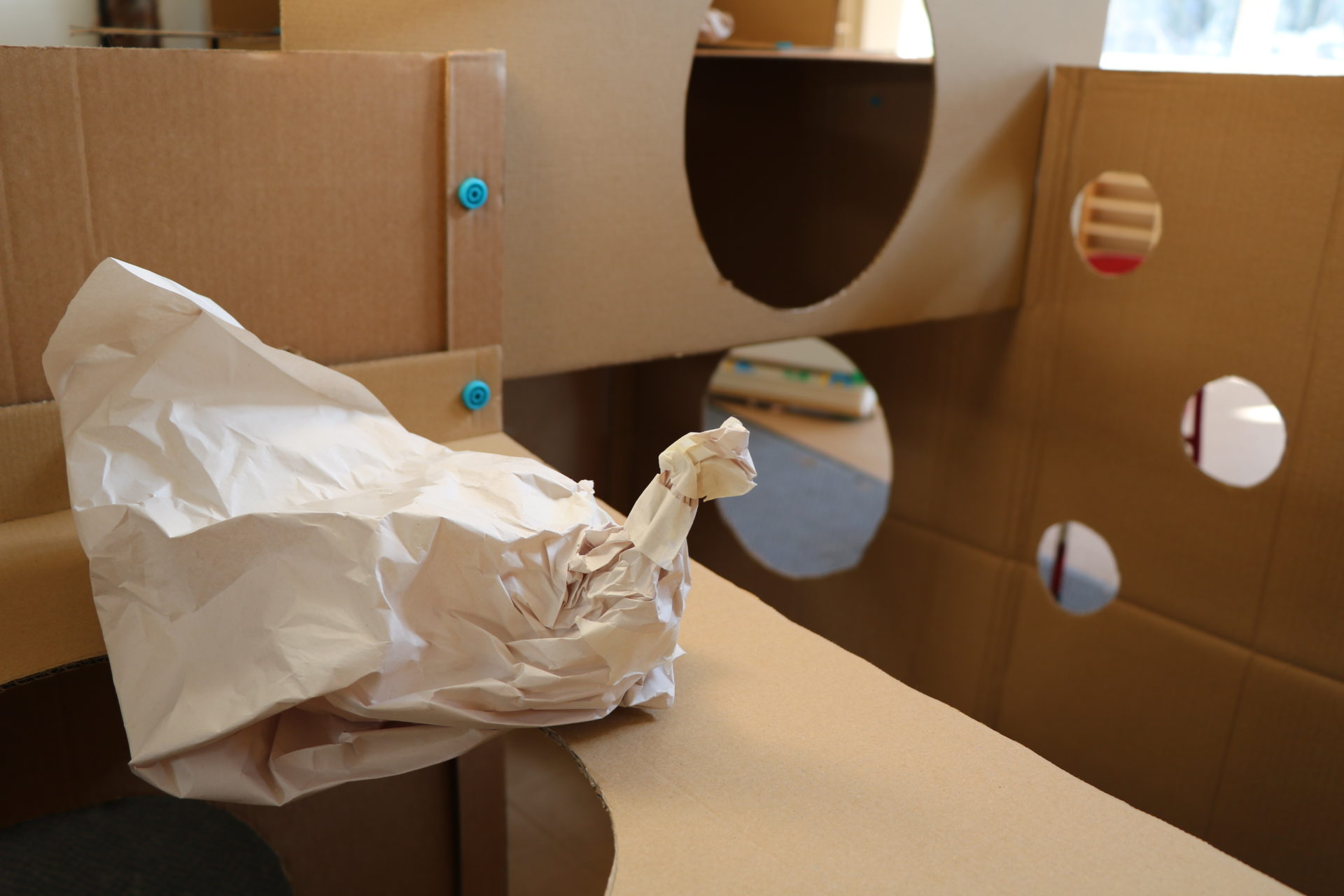
Image credit: Lawrence Bradby
By playing with the materials, testing them, making up games with them, the children and staff brought them to life, making their own creatures with them.
— Learning Team
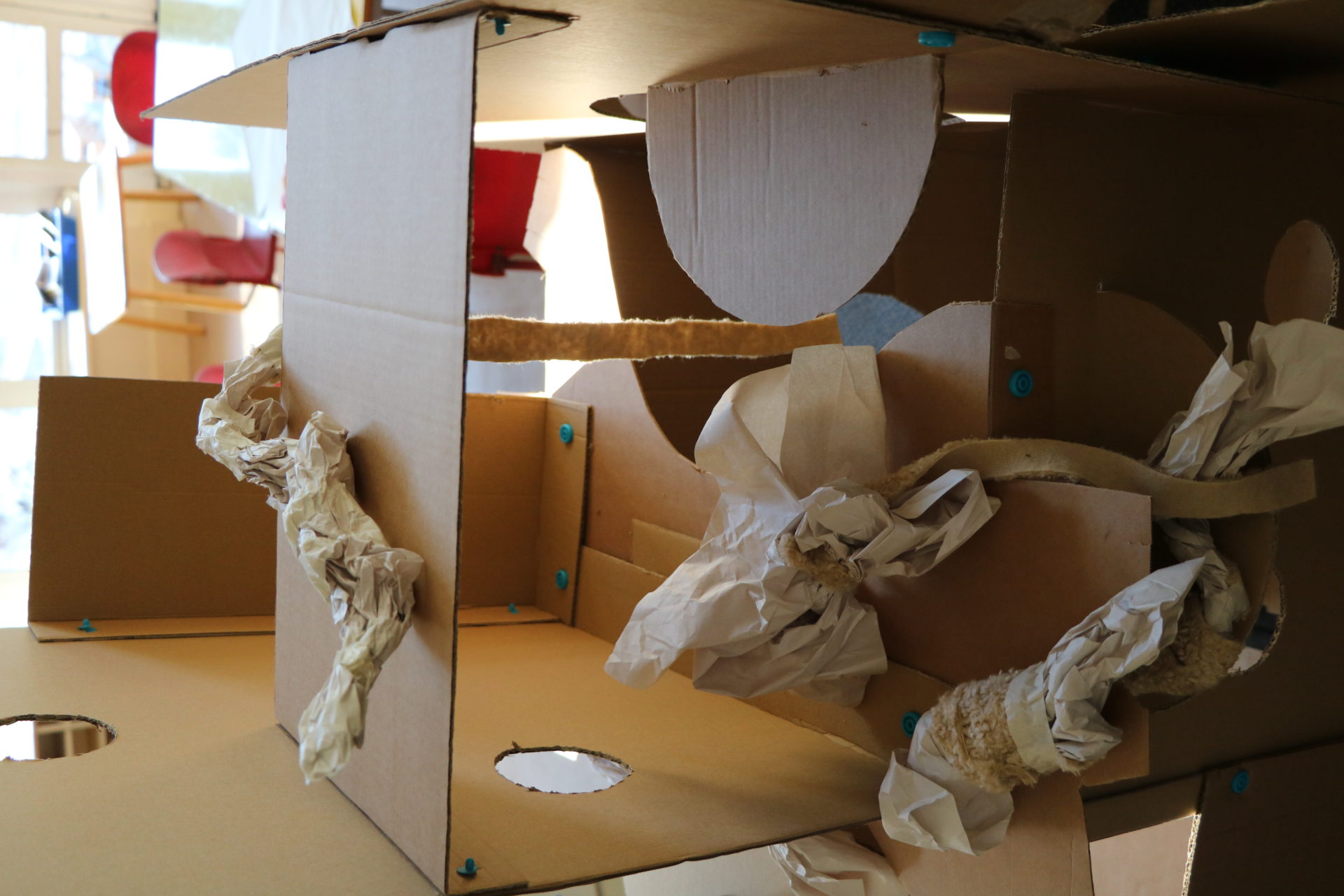
Image credit: Lawrence Bradby
Next Georgie Manly and the children built a habitat for the creatures to live in.
— Learning Team
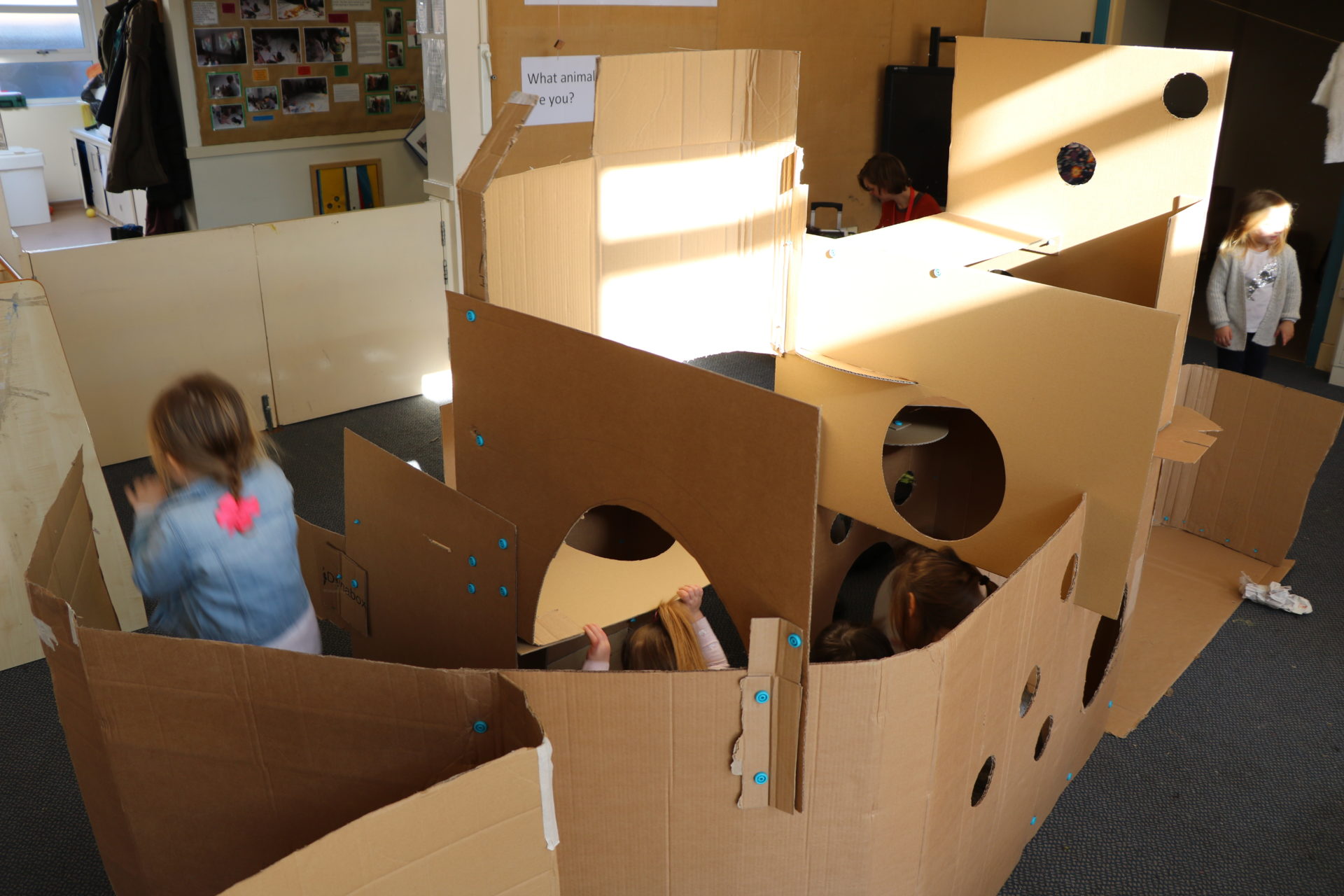
Image credit: Lawrence Bradby
At first this was called ‘the princess castle’, later on it became ‘the boat’ and ‘the house.’ Children’s creativity is syncretistic, meaning that the individual arts have yet to be separated and specialised. Children draw pictures and tell a story at the same time; they act a role and create their lines as they go along.
— Learning Team
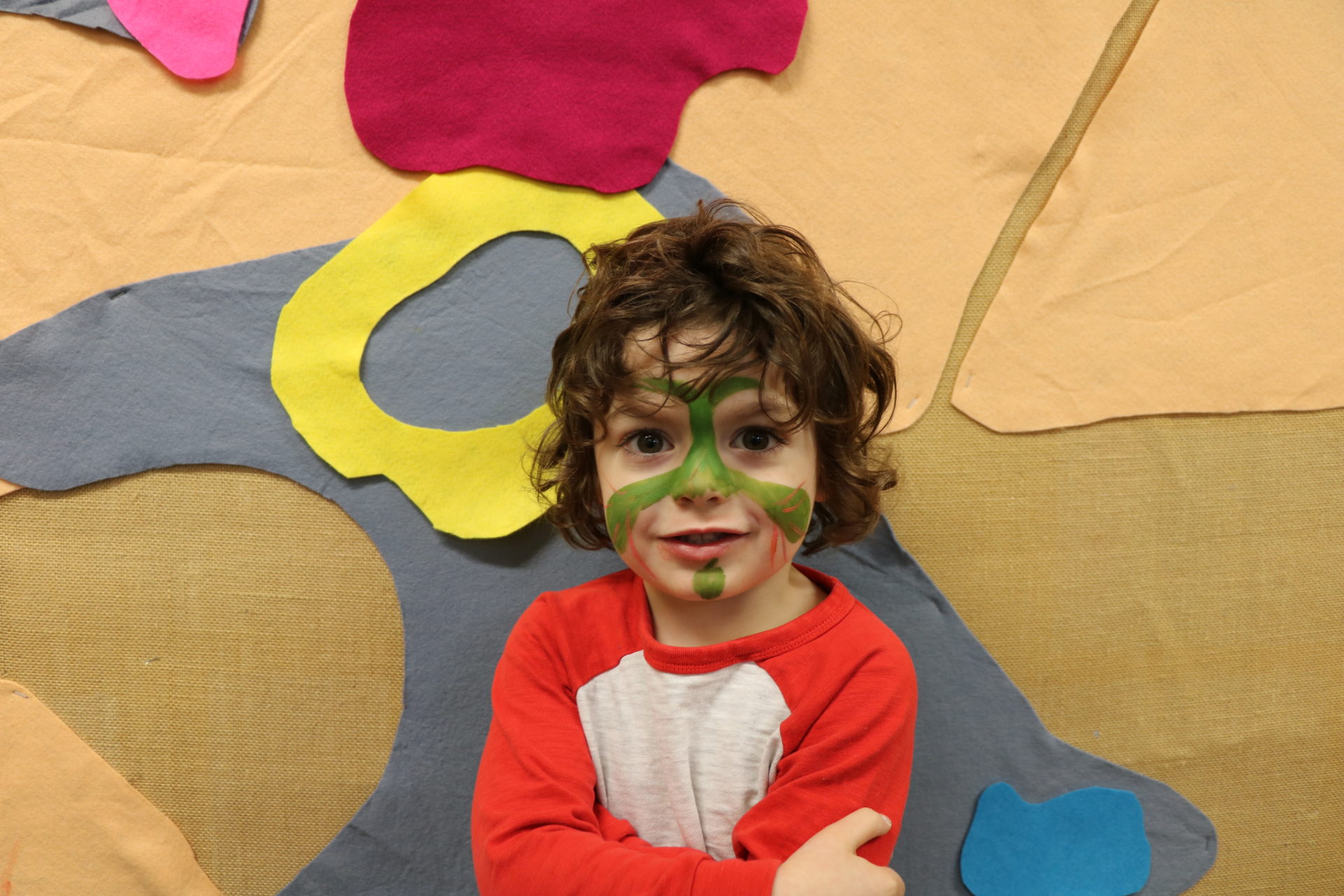
Image credit: Lawrence Bradby
Playing with their creatures in ‘the castle’, dressing up, becoming a creature themselves, these are all ways to develop a rounded understanding of what ‘animal’ means.
— Learning Team
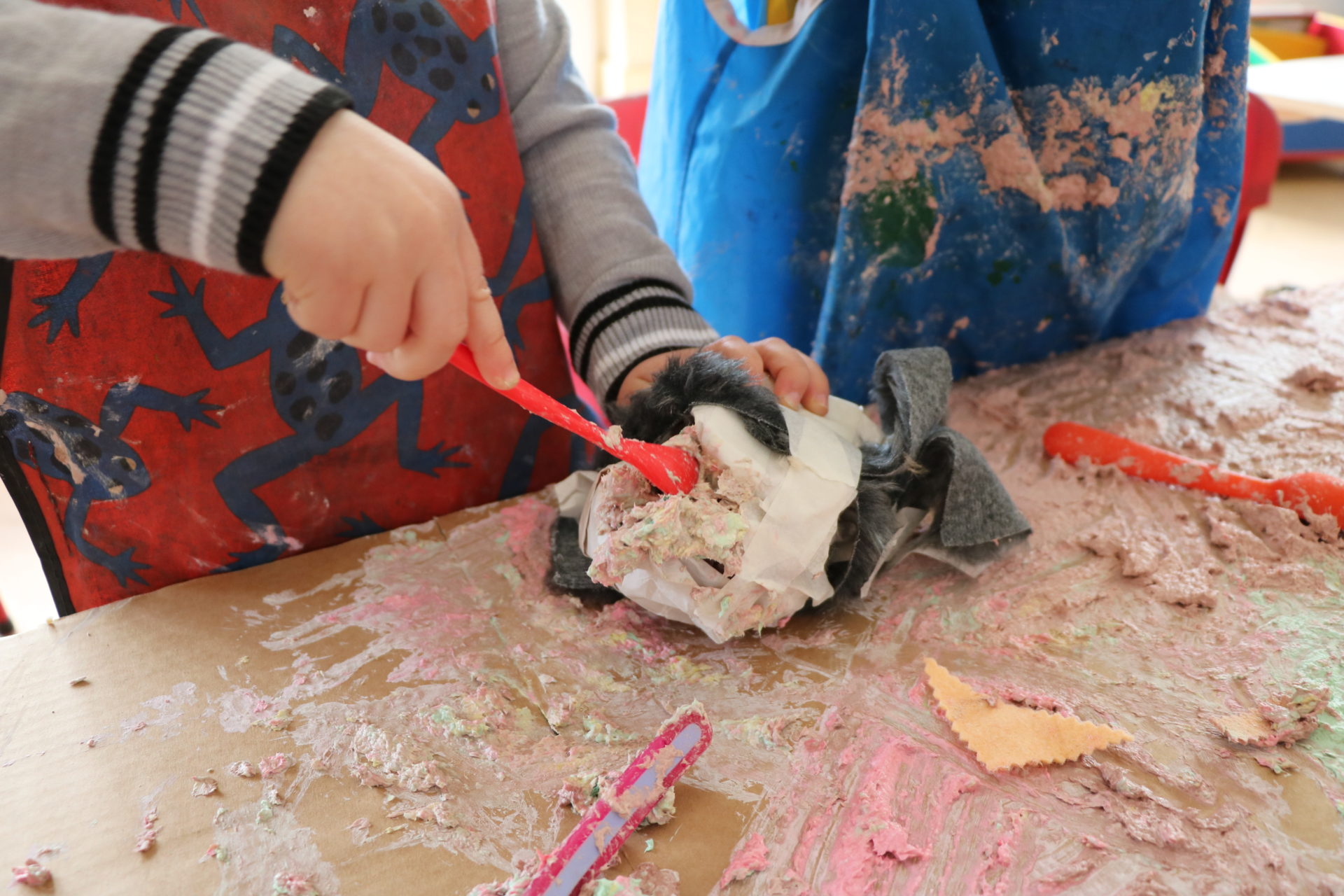
Image credit: Lawrence Bradby
Lead artist Georgie Manly introduced ‘mushy colour’ (papier maché with poster paint). This became food which was spoon fed to the animals. A nursery worker said ‘This is the best afternoon our group has ever had.’
— Learning Team
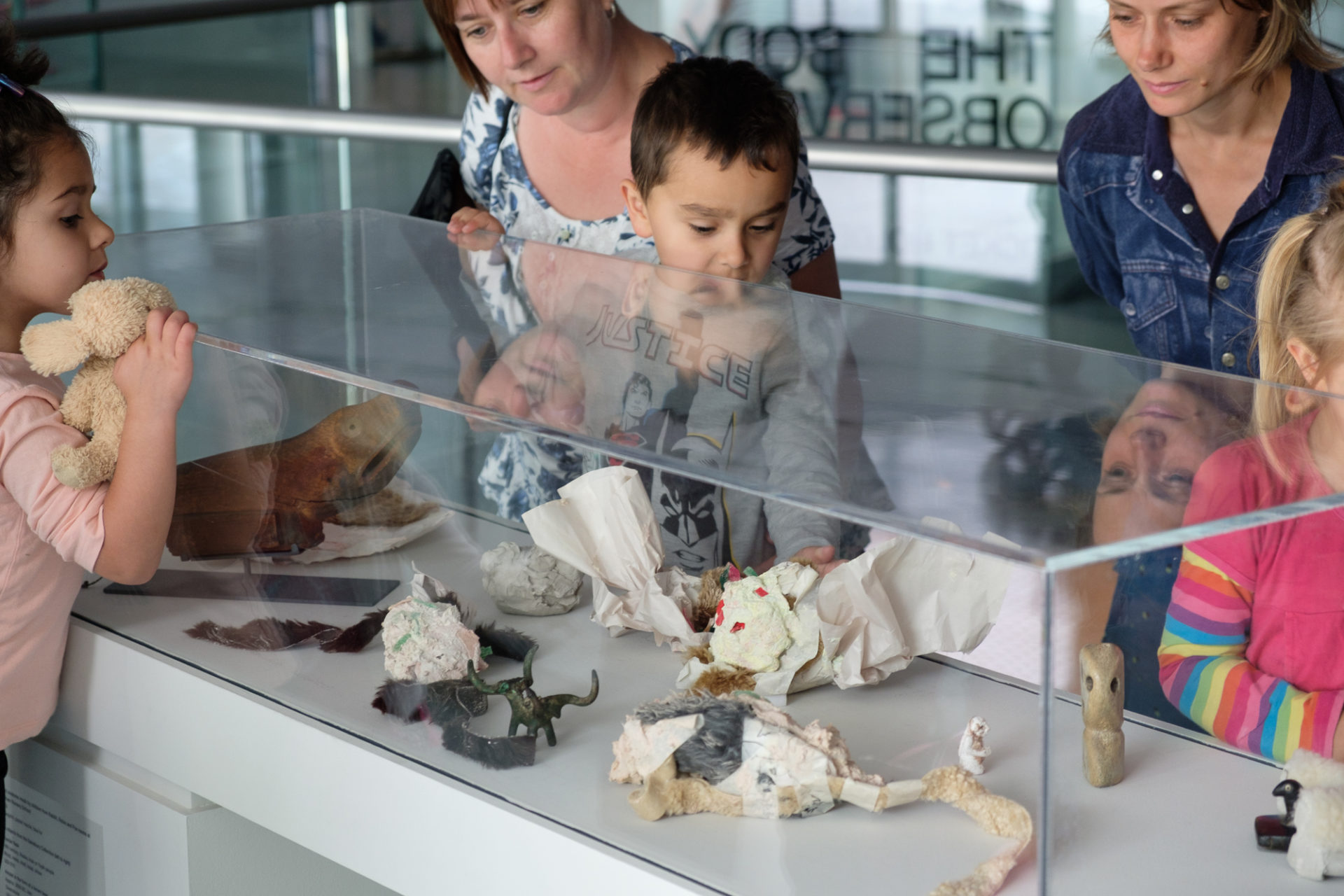
Image credit: Glen Jamieson
In June a few of the children’s creatures came back to Sainsbury Centre and went on display, alongside other creatures from the Sainsbury Collection.
— Learning Team
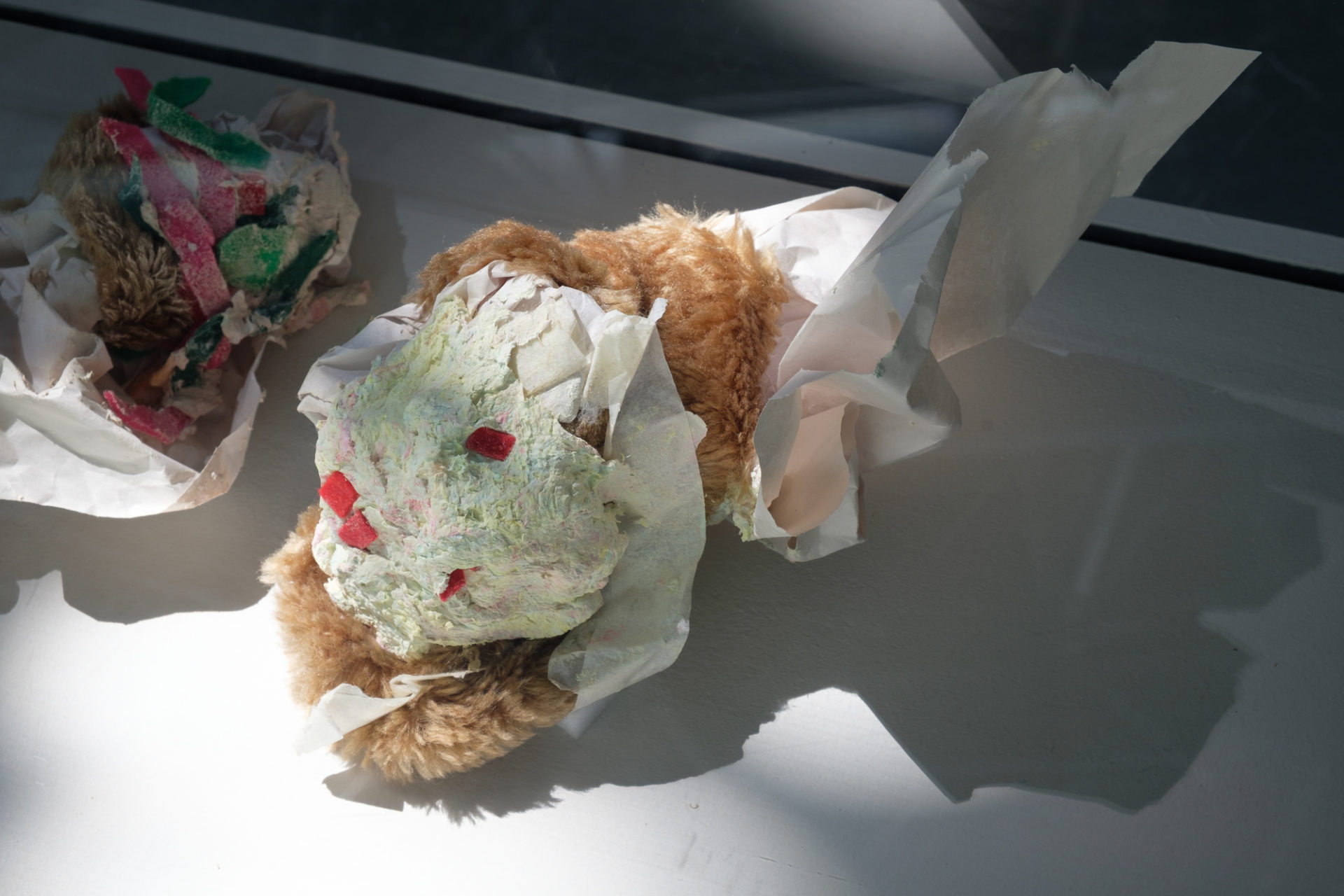
Image credit: Glen Jamieson
A close up of one of the children’s creatures in the display case.
— Learning Team
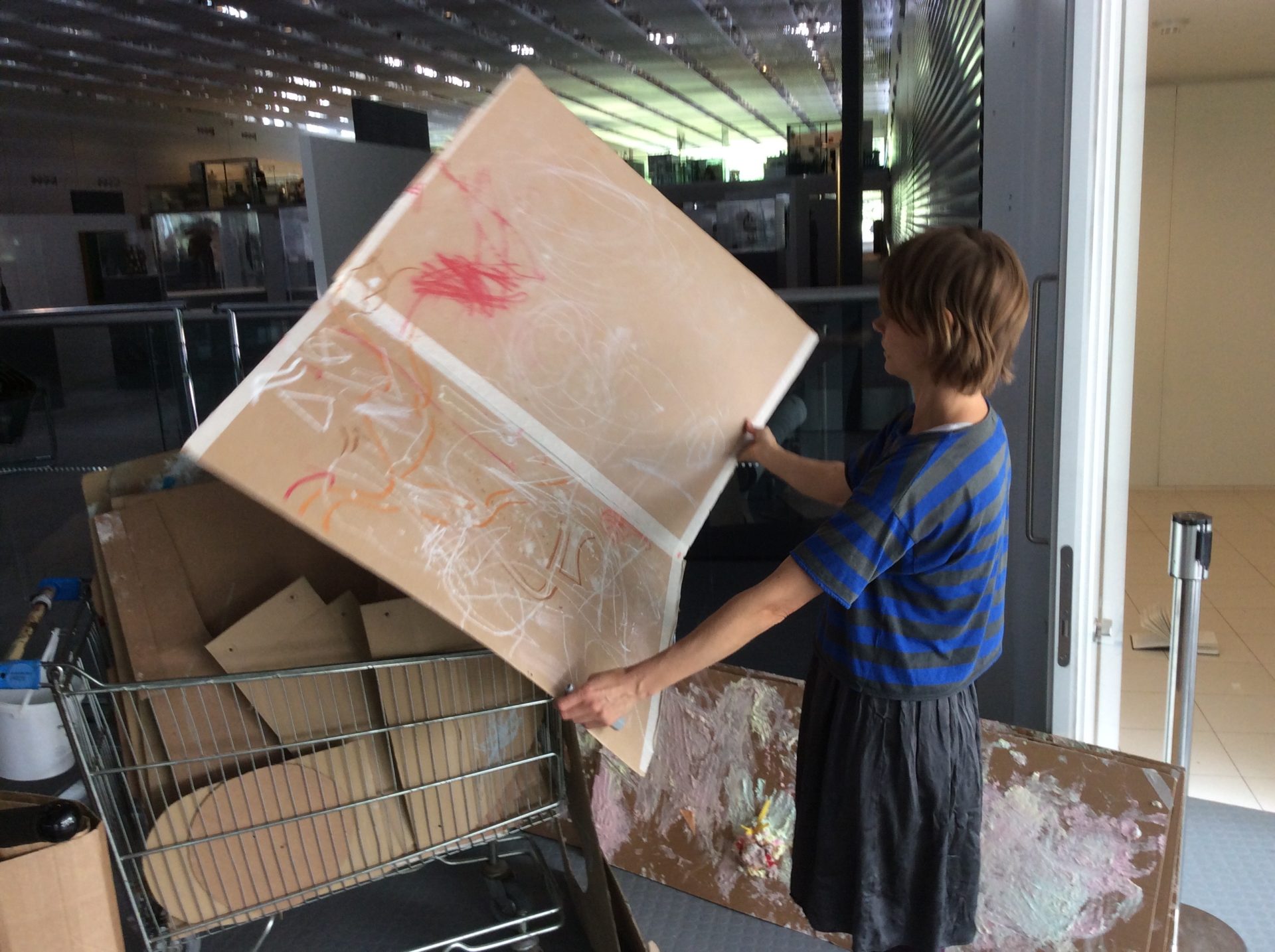
Image credit: Glen Jamieson
Lead artist Georgie Manly and Learning Programmer Manager Lawrence Bradby rebuilt ‘the castle’ at the Sainsbury Centre.
— Learning Team
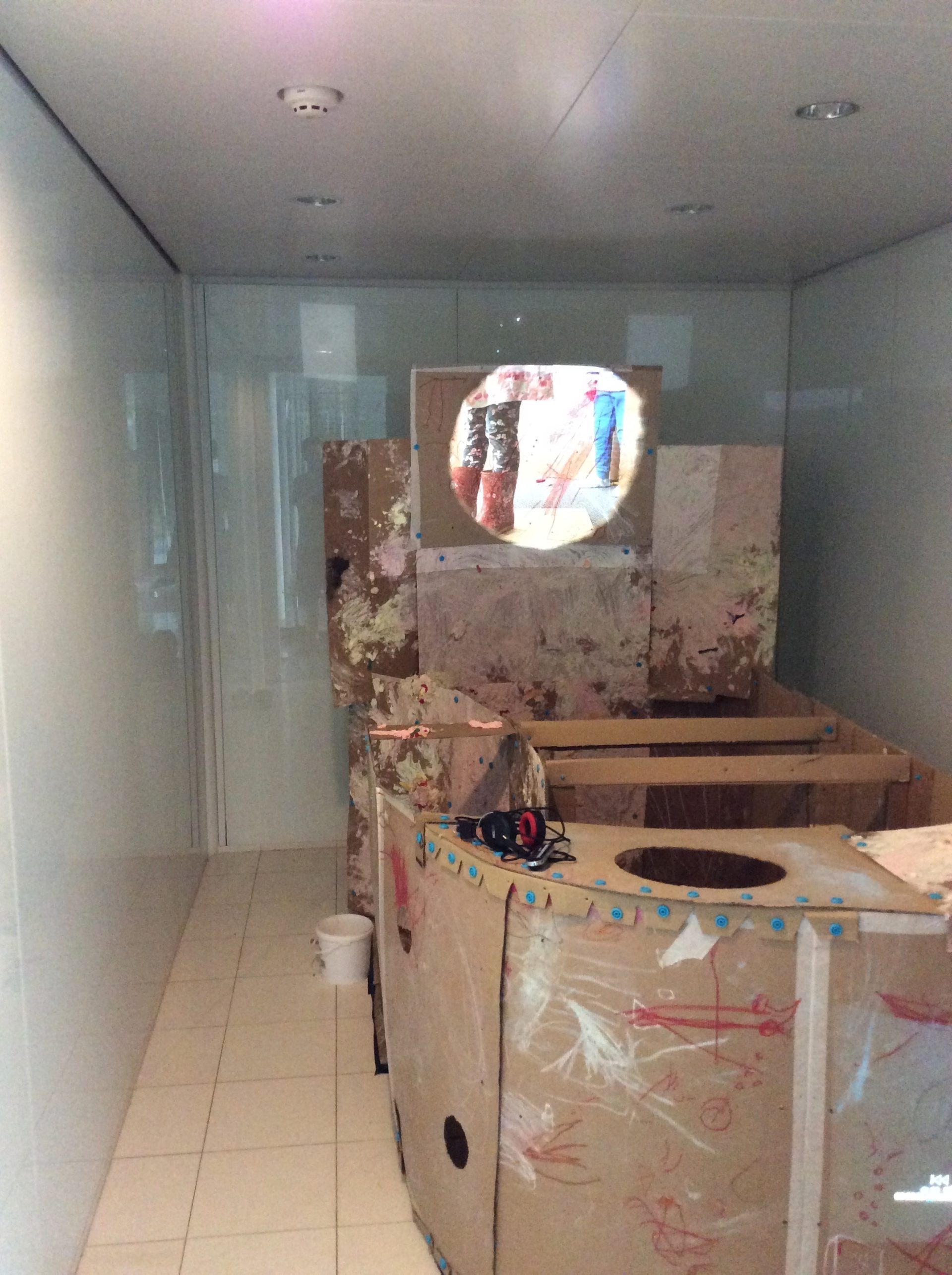
Image credit: Glen Jamieson
Using footage from the workshops at Earlham Nursery School, Georgie Manly made two films showing the processes of children’s exploration and discovery.
— Learning Team
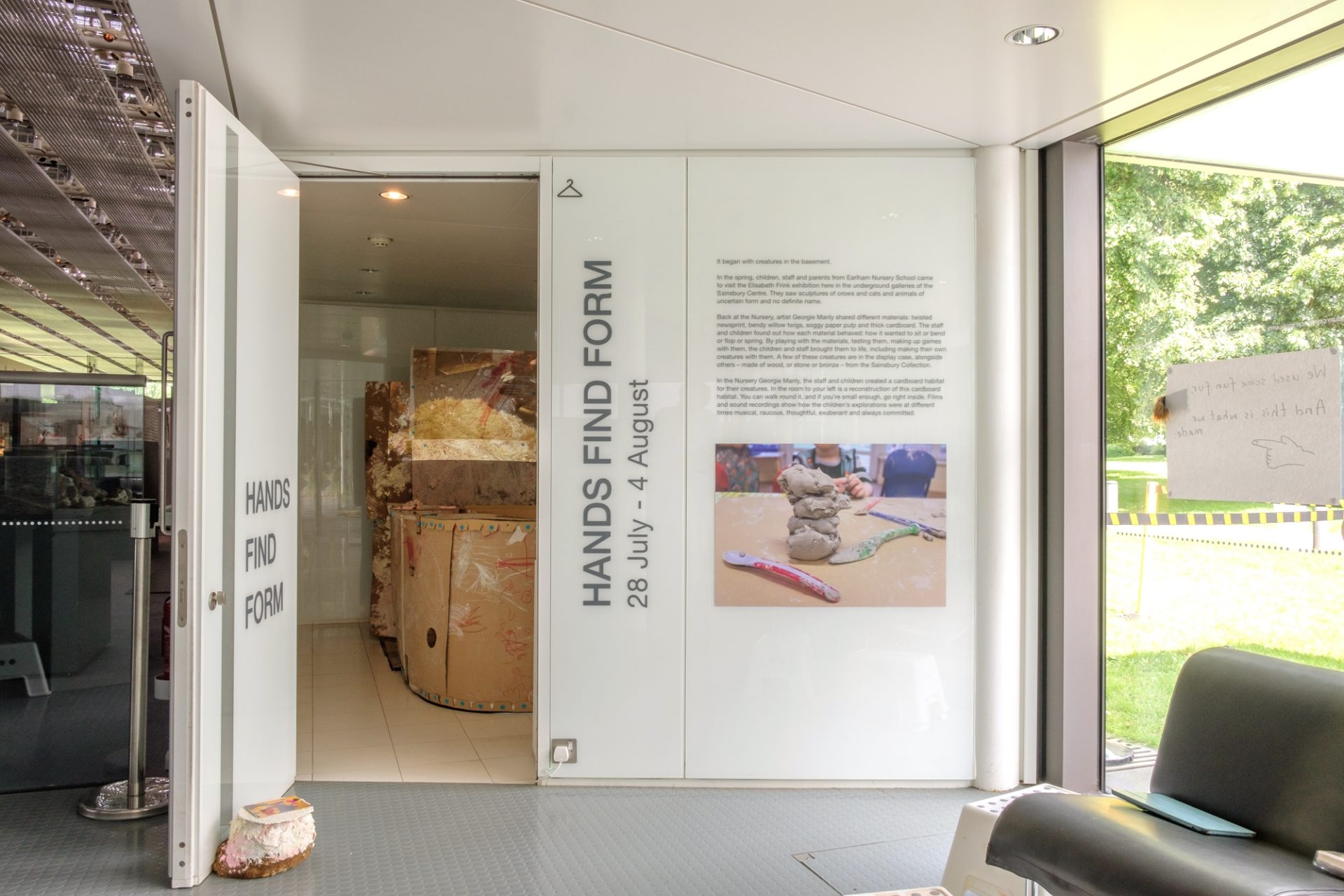
Image credit: Glen Jamieson
The work was on show for the public for six weeks in the summer. Positioned by the main entrance, it was an invitation to all visitors to learn about children’s creative processes. Georgie Manly said ‘The whole project, what we made/what the children made, and the imaginative + playful approaches in the sessions, has been inspiring for me.’
— Learning Team
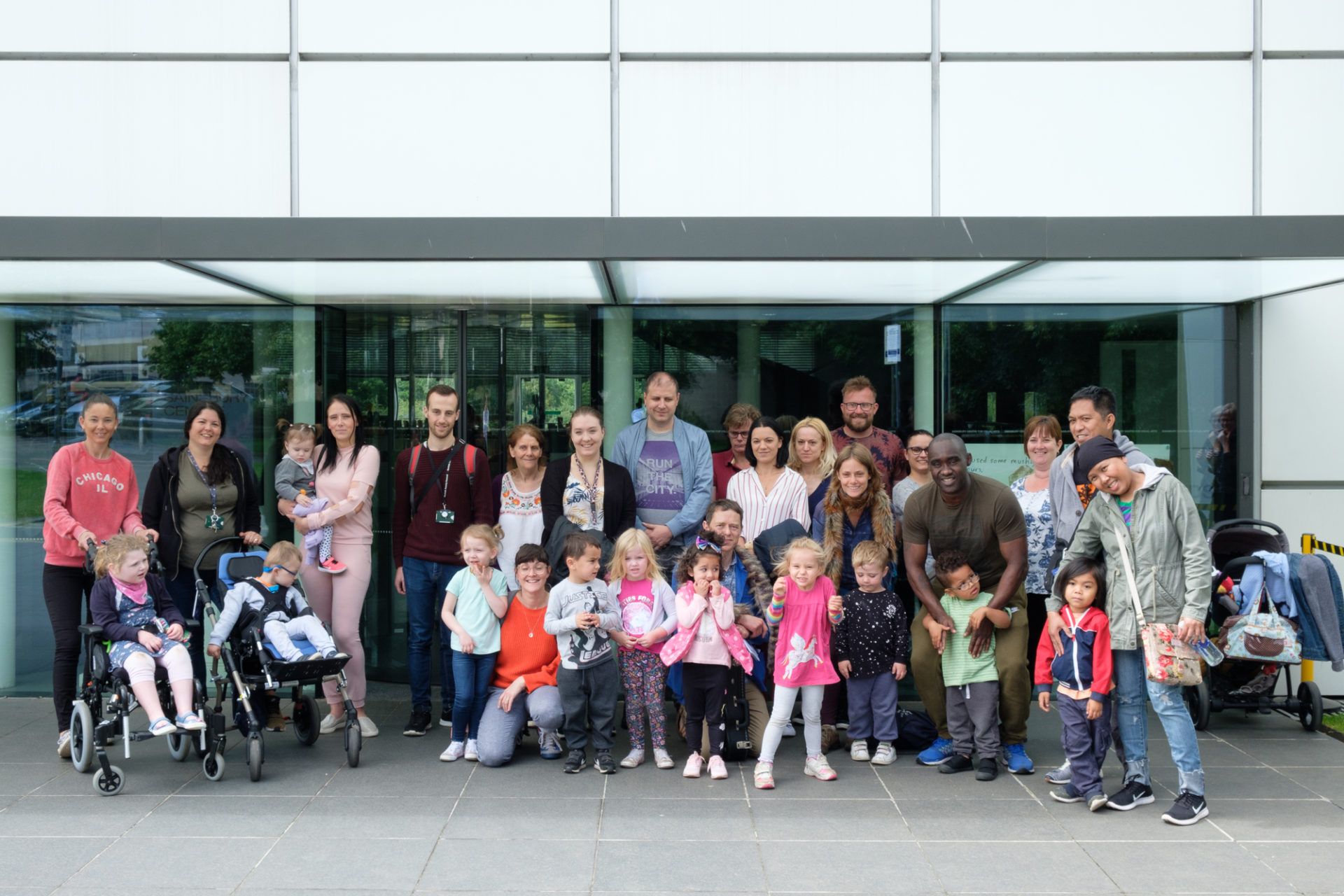
Image credit: Glen Jamieson
Children, staff, governors and parents from Earlham Nursery School had an exuberant visit to see their work back at the location where the project had begun.
— Learning Team
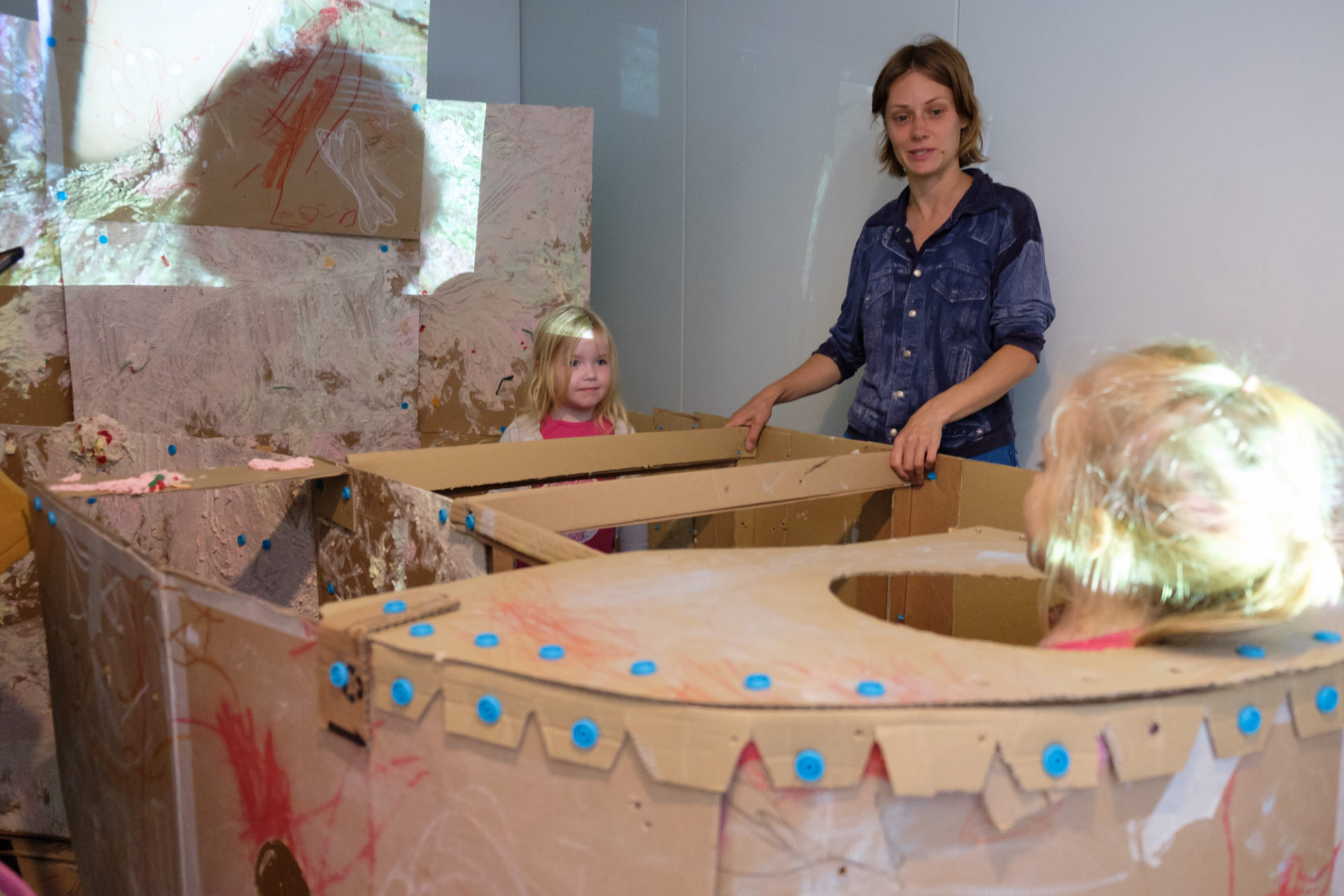
Image credit: Glen Jamieson
The children from Earlham Nursery School got straight into the castle to explore its potential and to get closer to the film. Learning Programme Manager Rose Hughes commented ‘this is the first exhibition I’ve seen at the Sainsbury Centre that privileges a child’s position and viewpoint.’
— Learning Team
More Information
Hands Find Form was a seven-month collaboration between the Sainsbury Centre and Earlham Nursery School.















